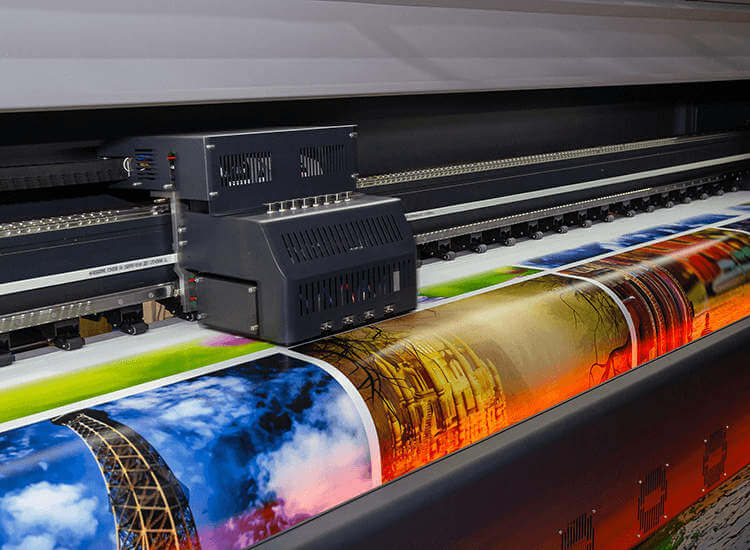Lenticular is a printing technology where printed objects either change appearance or appear 3D when seen from different angles. Various views of a particular scene are printed on a thermoplastic sheet of concave or lenticular lenses which appear like parallel ridges. Images are aligned with the lens array using high quality and specialized lithographic presses which are adjusted as per fine tolerances.
What created the need for lenticular printing?
Advertising is all about grabbing the customer’s eyeballs, and the one that creates an image which stays in the customer’s mind brings about the decision to purchase. As a result, advertisers these days are looking for lenticular printing options. These options help them come up with new ideas and hereby prevent customers from getting bored with their advertisements. In fact, magazines, book covers, stickers, bookmarks, business cards, fridge magnets, CD/DVD inserts, and posters can all make use of lenticular technology.
How many images can be animated within a lenticular print?
There is no specific answer to the number of images possible through this technology. In order to make the design appear fluid, there are only a specific number of images that must be used. However, you will see anywhere between 2 to 20 images being present within lenticular print. The animation also depends on the angle being used, which could be left to right or top to bottom.
Printing effects
There are two types of lenticular printing effects- 3D and animation. The 3D effects give the impression of depth by putting visual elements on a variety of spatial planes. On the other hand, animation lenticular effects play image frames exactly like a motion picture projector. The frames can comprise of video, time-lapse photography, motion picture film, and computer-generated animation. Under the animation category, there are sub-categories, namely:
- Flip– It is able to turn visual elements in an image on and off, allowing one image to completely change into another. It is excellent for displaying “cause and effect” or “before and after” scenarios.
- Morph– Unlike the flip’s ‘on and off’ effect, it can transform one element into another. Morph is a great way to show a retroactive comparison, like that of an old product to a new one.
- Zoom– If you want visual objects to jump forward towards the view, this is the print to choose. Use it to get your customers to focus on a particular product.
Top benefits of lenticular prints
In case you are running your own business, you will certainly be aware of the importance of planning the marketing activities well. Much of the success of any business in today’s times depends on the role of its marketing department. Customers these days find it more interesting to look at lenticular prints instead of static images. Accordingly, here are the different benefits of lenticular prints:
- Grabbing attention– Sales translates into real number only when you are able to successfully attract the attention of your target audience. While a static image is likely to be ignored many times, most individuals would step back to check out an interesting lenticular poster.
- Highlighting the main parts– Using such posters, you can highlight offers of a business in a manner which will be more impressive than static pictures
- Not very expensive– The cost of reaching a wide audience is not as much as it may seem to be. Once you are able to hit the target, the ROI is going to be several times more.
- Stand out– Only the ones who are able to do something out-of-the-box and different from the others are successful in a world of cutthroat competition. Lenticular printing is certainly not that common, which is why you can use it to push sales.
- Communicating a lot– You are going to say a lot of things using more prints and fewer words here. Surprisingly, this strategy will help the world know a lot more about your products and services.
Use lenticular prints outside and inside
Lenticular prints are meant to be used just about anywhere, whether outside or inside. The consultant with whom you discuss the cost of this print will take into account the best lenticular settings, elements of design, and lens. The consultant will ask you different questions such as-
- Where will this design be used?
- How will it be used?
- What type of lighting will be present around?
- What kind of distance will be there between the people who see it and the design?
For a business card design, it is always best to have a top-to-bottom animation. In comparison, larger designs for posters or ads will sport simple changes in design. On the outside, when such ads are put, passersby will definitely notice something unusual and will want to take a second look. After all, that’s exactly what famous brands want, don’t they?
